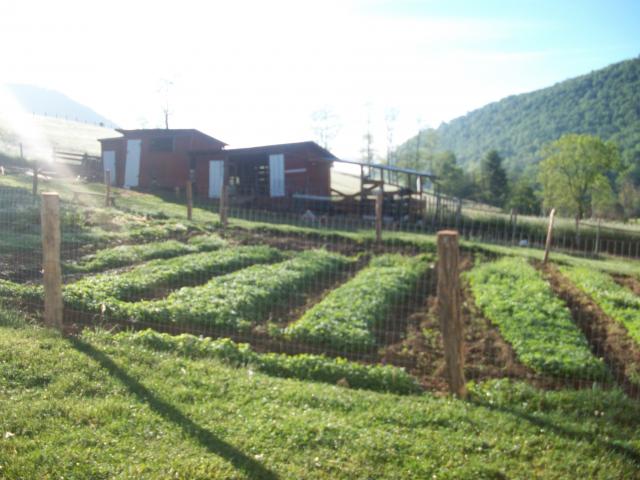journey11
Garden Master
Anybody using white clover as a cover crop or pathway in their garden?
http://www.motherearthnews.com/organic-gardening/managing-garden-paths-zbcz1507.aspx
With the rainy summer pattern we've been stuck in the past few years, I think I'm going to need to rethink how I'm doing things. All of that bare ground is so full of weed seeds, seeds that can remain viable for decades and come back in force if I don't have something already growing there. And here I can't get in there to plant anything or hoe or do anything about it. I am going to have to weed-eat the garden when I do get in there...soon, hopefully!
I've been thinking about having permanent rows and paths and not walking on the soil I need to plant in. It would give me better access to my garden despite the weather and keep the mud off of of my shoes. My thought was to have permanently mulched paths, but the article above got me thinking why not clover? My only experience with white clover is that it takes over everywhere. My lawn is full of clover, which I don't mind since my bees like it, but do you think it would be a terror in the garden and take over like an invasive weed? I'm kind of afraid to do that, but it is a legume, so maybe it would be worth it. Is it hard to control?
http://www.motherearthnews.com/organic-gardening/managing-garden-paths-zbcz1507.aspx
With the rainy summer pattern we've been stuck in the past few years, I think I'm going to need to rethink how I'm doing things. All of that bare ground is so full of weed seeds, seeds that can remain viable for decades and come back in force if I don't have something already growing there. And here I can't get in there to plant anything or hoe or do anything about it. I am going to have to weed-eat the garden when I do get in there...soon, hopefully!
I've been thinking about having permanent rows and paths and not walking on the soil I need to plant in. It would give me better access to my garden despite the weather and keep the mud off of of my shoes. My thought was to have permanently mulched paths, but the article above got me thinking why not clover? My only experience with white clover is that it takes over everywhere. My lawn is full of clover, which I don't mind since my bees like it, but do you think it would be a terror in the garden and take over like an invasive weed? I'm kind of afraid to do that, but it is a legume, so maybe it would be worth it. Is it hard to control?

